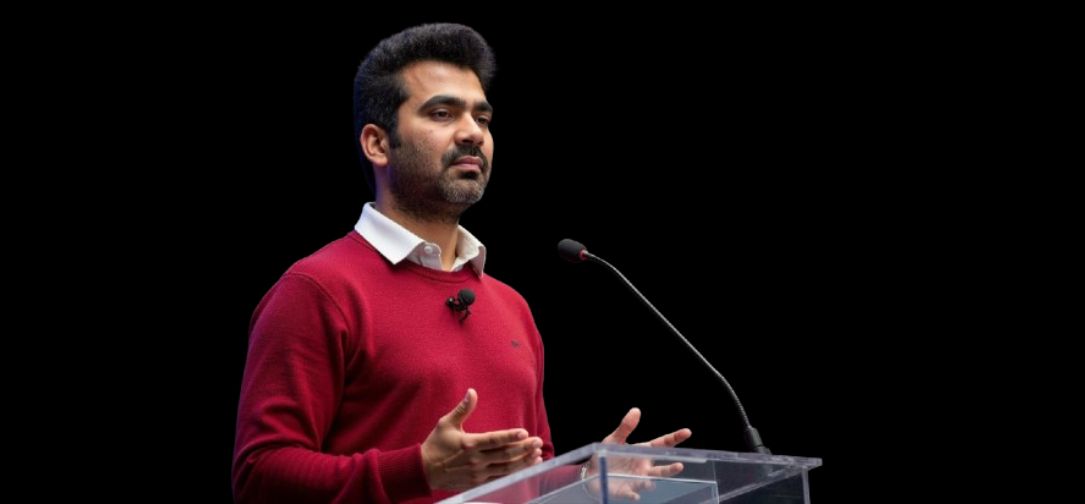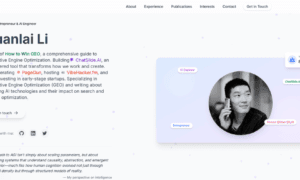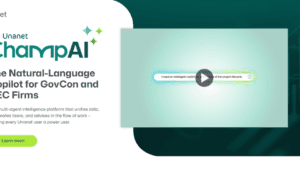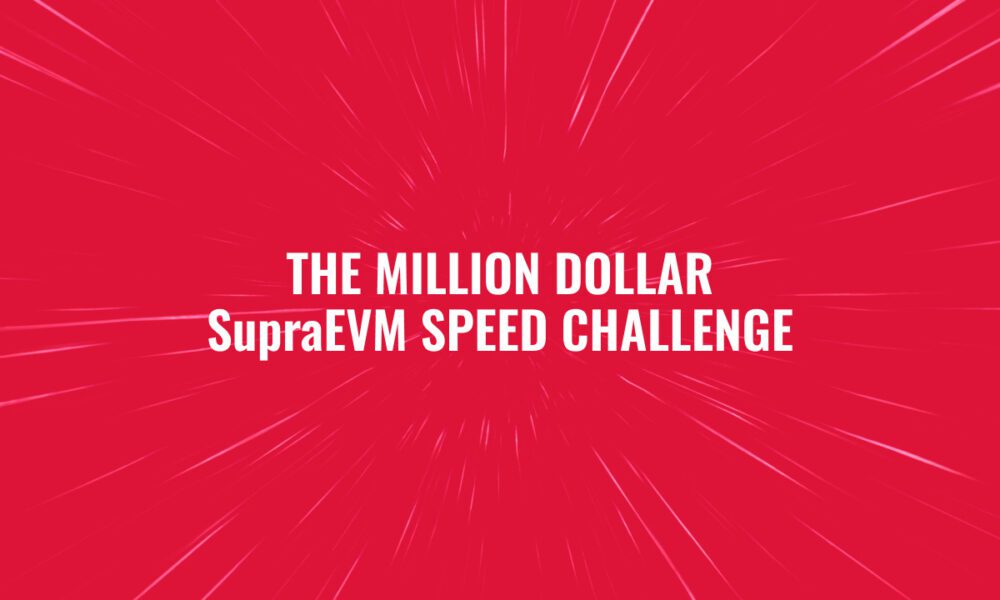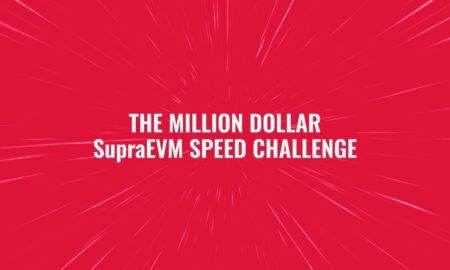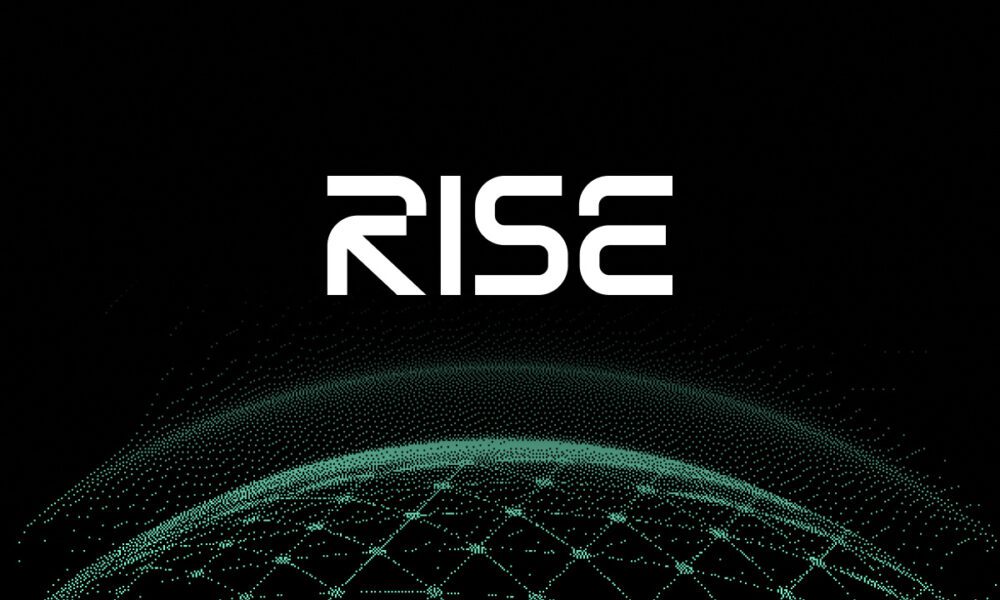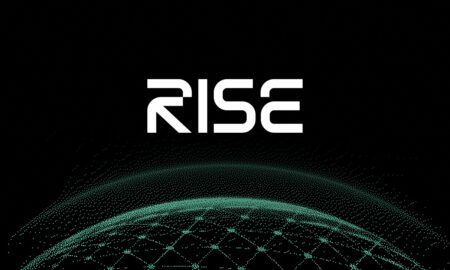In this interview with TechBullion, AI entrepreneur and engineer Girish Kotte shares insights from building ventures at the crossroads of automation, leadership, and communication. As founder of FoundersHub AI, TradersHub Ninja, and PromptPro, and AI & DevOps Architect at QliqSOFT, Girish focuses on one mission: removing friction so humans can lead with creativity, clarity, and impact. He discusses how AI is reshaping decision-making, why founder communication often breaks down, and the frameworks leaders can use to scale trust, execution, and authentic relationships.
Please tell us more about yourself.
I’m Girish Kotte, an AI entrepreneur and engineer working at the crossroads of technology, automation, and leadership. I’m the founder of three startups: FoundersHub AI, TradersHub Ninja, and PromptPro, all built with one mission: to reduce tool sprawl and help people move faster with AI.
At FoundersHub AI, I’m building a Founder Operating System that equips startups and agencies with automation, CRM, and growth playbooks, enabling them to scale without burning time or budgets. With TradersHub Ninja, I focus on real-time market insights and AI-driven trading automation for momentum traders. PromptPro closes the loop by giving founders and teams a practical way to manage and optimize their daily AI prompts.
Alongside these ventures, I serve as AI & DevOps Architect at QliqSOFT, where I design HIPAA-compliant AI systems for healthcare, cut cloud costs, and architect scalable infrastructure.
My work is tied together by a simple principle: AI should remove friction so humans can focus on judgment, creativity, and relationships. I share lessons daily on AI, entrepreneurship, and execution to help other founders build faster, automate smarter, and scale confidently.
Girish, you have built a career at the intersection of technology and leadership. What motivated you to launch FoundersHub AI and TradersHub Ninja, and how do these platforms reflect your vision for the future of technology?
What motivated me to launch both FoundersHub AI and TradersHub Ninja was seeing the same pattern repeat across very different worlds – founders and traders were losing time to inefficiency.
With FoundersHub AI, I watched startup leaders juggling 8–10 disconnected tools just to run one simple growth process. It didn’t make sense. So I built a Founder Operating System that consolidates CRM, outreach, automation, and insights in one place. The goal: cut SaaS sprawl, give founders leverage, and free them to focus on execution instead of admin work.
With TradersHub Ninja, the pain point was different, but the philosophy was the same. Traders were drowning in noisy dashboards and missing signals because they couldn’t act fast enough. I built a platform that delivers machine-learning powered signals, sentiment analysis, and low-friction automation so traders can move with precision, not distraction.
Both platforms reflect my vision of the future: AI is not about replacing judgment, it’s about removing friction. The next wave of technology won’t be dozens of siloed tools – it’ll be systems that collapse complexity so humans can focus on creativity, relationships, and decisive action.
That’s the through-line of my work: simplify the messy, automate the repeatable, and give leaders back their time.
FoundersHub AI focuses on equipping startup leaders with tools and strategies. In your view, how is AI reshaping leadership decision-making in sectors like healthcare and technology?
AI is fundamentally changing how leaders in healthcare and technology make decisions, and I see it in two distinct ways:
1) From gut-driven to data-driven leadership
In healthcare, leaders traditionally relied on experience and delayed reports. AI now turns live data into actionable insights, predicting patient risk, spotting operational bottlenecks, or flagging compliance issues in real-time. In technology, leaders can run simulations before deploying resources, model customer adoption curves, or optimize infrastructure spend instantly. The result is faster, more confident decision-making.
2) Governance as a leadership skill
Speed without guardrails is dangerous. In healthcare, every AI recommendation must align with HIPAA and patient safety. In tech, cutting cloud costs can’t come at the expense of resilience. AI allows leaders to test scenarios, apply automated safeguards, and maintain a human-in-the-loop for accountability. The best leaders use AI as a co-pilot, not an autopilot.
My view of the shift
The real change is leaders moving from reactive operators to proactive experimenters. They can test hypotheses, measure results quickly, and pivot with precision. AI doesn’t replace leadership – it amplifies judgment. The future belongs to founders and executives who can combine the speed of AI with clarity of vision and ethical discipline.
This is exactly how I operate both at FoundersHub AI and QliqSOFT: AI accelerates, but humans steer.
You emphasise the importance of clear, impactful communication. What common mistakes do startup founders make in their emails to investors, partners, or clients, and how can they improve?
One of the biggest lessons I’ve learned is that communication often makes or breaks opportunities for founders. The mistakes I see most often fall into a few buckets:
1) No clear ask: Founders write long, passionate emails but never state exactly what they want the reader to do. An investor or partner should be able to say yes/no in 10 seconds.
2) Burying traction: The strongest proof – users, revenue, pilots – is often hidden at the bottom. Decision-makers skim; if you don’t lead with proof, you lose them.
3) Jargon and fluff: Trying to sound impressive with buzzwords only dilutes clarity. Simpler, outcome-driven language fosters trust more quickly.
4) No credibility marker: Claims without data or reference points feel hollow. One metric or customer name goes a long way.
5) Walls of text: Most people skim on mobile. Emails should be scannable, with 3–4 concise sentences or bullet points.
How to improve:
I use a simple framework every time:
- Line 1: Purpose and ask
- Line 2: Value + traction proof
- Line 3: Why it matters to them
- Line 4: Clear, time-bound next step
Example:
“I’m Girish, founder of FoundersHub AI. We help agencies cut SaaS costs by 60% in 45 days. 12 agencies have adopted the platform, achieving conversion rates of over 30%. Could we book 20 minutes on Tue or Thu next week to explore fit?”
That structure is concise, evidence-based, and unambiguous. It shows respect for the reader’s time while putting your best signal upfront.
Could you share a practical framework or a real-world example of how an effective email helped secure a critical opportunity, whether that was an investor meeting, a partnership, or a customer win?
The Framework (I call it “1–1–1–1”)
- 1 Purpose – open with why you’re writing.
- 1 Proof – traction, metric, or reference that builds credibility.
- 1 Value – why it matters to them (tie it to their portfolio, goals, or challenges).
- 1 Ask – a binary, time-bound next step (ex, “20 minutes Tue/Thu?”).
It’s designed for clarity, fast decision-making, and respect for the reader’s time.
Real-World Example (Investor Meeting)
Subject: Seed Round – Cutting SaaS Costs 60% for 12 Agencies
Body:
Hi [Investor],
I’m Girish Kotte, founder of FoundersHub AI. We help agencies cut SaaS costs by 60% in under 45 days. Over the last three months, 12 agencies have adopted the platform, resulting in a 30% increase in conversions.
Given your focus on SaaS efficiency tools, I’d love to share our roadmap. Could we book 20 minutes Tue or Thursday next week?
Best,
Girish
Outcome: The VC replied the same day. That email turned into a pitch meeting and later into a strong, long-term relationship.
Why It Worked
- Clear subject line with value.
- Strong proof upfront (traction + metric).
- Direct relevance to the investor’s focus.
- A low-friction ask with two concrete options.
This same pattern has worked for partnership intros and even enterprise healthcare pilots – it scales across audiences because it’s simple and direct.
With the rise of AI-driven writing assistants, how do you see technology supporting, or potentially undermining, the authenticity of founder communications?
How AI Supports Authenticity
- Clarity at speed: Founders can transform a messy draft into a polished message in minutes, ensuring timely communication.
- Personalization at scale: AI can pull context from past meetings, LinkedIn activity, or CRM notes, so each email feels researched and relevant.
- Consistency across teams: Shared AI-driven templates mean the whole company speaks with one voice, which is critical as you scale.
How AI Risks Undermine Authenticity
- Generic tone: If everyone relies on the same AI defaults, all emails begin to sound identical, losing the founder’s unique voice.
- Voice mismatch: Investors notice when an email sounds different from how a founder speaks live. That disconnect erodes trust.
- False confidence: AI sometimes “smooths” a message so much it adds claims or exaggerations the founder never intended.
How I Approach It
- Voicebook: I maintain a short guide of phrases, tone, and structure I naturally use. AI tools are trained on my voice, not a generic one.
- Human final pass: AI drafts, but I always perform the final edit to ensure nuance, relationship context, and intent.
- Transparency: If AI heavily shaped a document, I ensure the final version still reads like me – concise, clear, and personal.
AI should be a scaffolding, not a ghostwriter. Founders win when the technology accelerates their clarity but never replaces their intent. The moment your emails read like they could have come from anyone, you’ve lost the trust advantage.
As startups grow, founders can’t manage every piece of communication themselves. What advice do you have for scaling communication practices across teams without losing consistency and clarity?
Keep it lightweight and system-driven:
1) Codify your voice early – a one-page style guide with tone, claims allowed, and sign-offs.
2) Micro-templates – short, adaptable structures for investor updates, sales intros, support replies.
3) Role clarity – define who speaks for product, sales, ops, founder.
4) AI + human loop – AI handles drafts and personalization, humans finalize intent.
5) Track metrics – monitor open/reply rates to refine, just like product KPIs.
That balance lets communication scale without diluting clarity.
Your work spans healthcare and technology solutions. What are the unique communication challenges in highly regulated industries like healthcare, and how can founders navigate them effectively?
Healthcare brings unique communication challenges:
1) Regulatory risk – You can’t expose PHI or make unverified clinical claims. Keep language precise, use legal-approved templates, and maintain audit trails.
2) Diverse audiences – Clinicians, regulators, and tech teams all need different framing. Tailor the same message to each lens.
3) Trust factor – Overpromising kills credibility. Stick to measurable outcomes and plain language.
Founders succeed by being precise, compliant, and transparent – clear communication builds trust faster than polished hype.
As an AI architect, you often communicate with both developers and business stakeholders. How do you approach tailoring complex technical concepts for diverse audiences?
I keep it simple and outcome-driven:
- For business stakeholders: Start with the “why” and the impact – time saved, cost reduced, risk avoided. Use analogies they already understand.
- For developers: Go into the “how” – architecture, data flow, trade-offs, and constraints. Keep it technical and specific.
- For both together: Layer the message – open with outcomes, then dive deeper only if the audience signals interest.
The rule I follow: lead with clarity, tailor depth to the listener, and always translate complexity into decisions that matter for them.
What trends in AI and leadership do you think will most influence the way founders communicate and build trust with their stakeholders over the next five years?
A few big shifts are already visible, and they’ll shape how founders communicate and earn trust over the next five years:
1) AI co-pilots for communication – Founders will rely on AI agents that draft, summarize, and personalize outreach at scale, while they focus on intent and relationship.
2) Proof-first messaging – Stakeholders will demand verifiable metrics, provenance, and data-backed claims. Trust will come from evidence, not promises.
3) Multimodal async comms – Short video updates + AI transcripts + action items will replace long investor memos and emails.
4) Authenticity as currency – In a world of AI-generated content, the founders who keep their human voice – concise, clear, and personal – will stand out.
5) Transparency by design – Compliance, governance, and explainability will be expected in every message, especially in healthcare and regulated industries.
The trend is clear: communication will be faster and more automated, but trust will hinge on precision, authenticity, and traceability.

